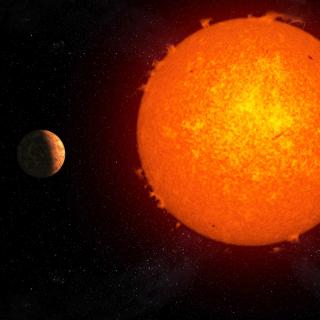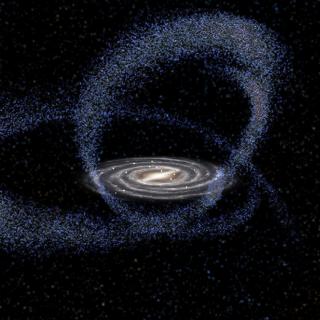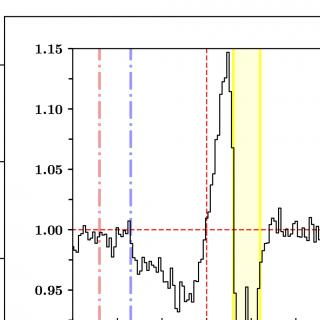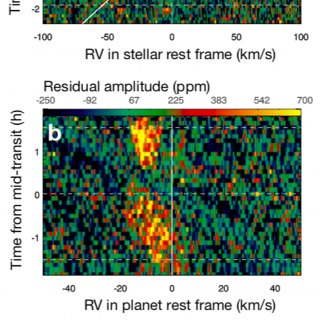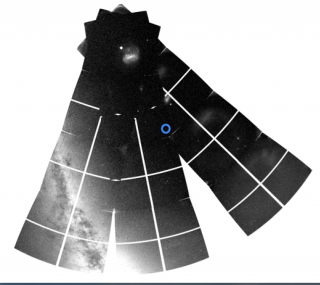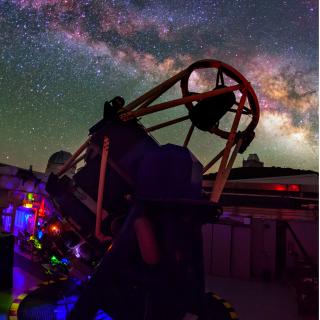
This project of the Instituto de Astrofísica de Canarias allows the educational community in Spain to carry out their own research on the universe using professional robotic telescopes. In the Canaries the course has been offered through the Department of Education, Universities, Culture and Sports of the Canary Government.
Advertised on
